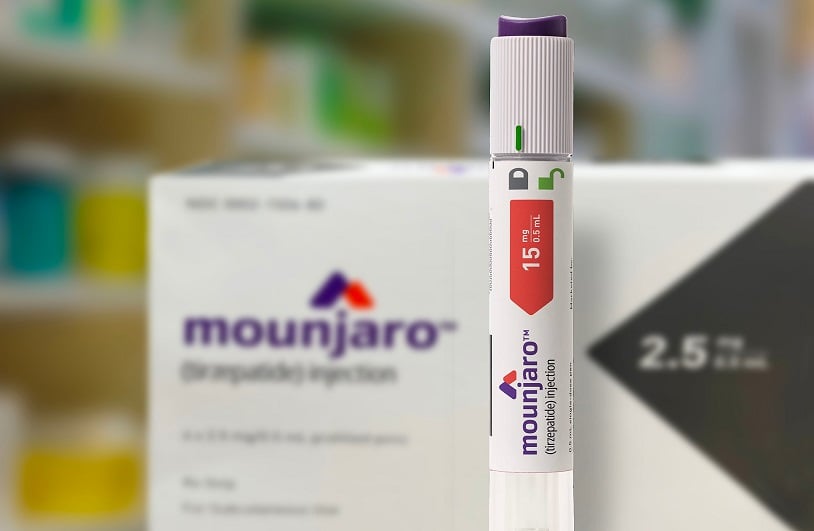Mounjaro Injection in Dubai and Ozempic (semaglutide) are two widely discussed medications used primarily to manage type 2 diabetes and support weight loss. Both are injectable GLP-1 receptor agonists, although Mounjaro also targets GIP receptors, offering a dual-action approach. With increasing awareness about metabolic health and obesity, many people seek clarity on which of these treatments is more effective for blood sugar control and long-term weight management. Understanding their differences, mechanisms, and outcomes is essential for making an informed choice.
Mechanism of Action:
Ozempic works by mimicking the GLP-1 hormone, which stimulates insulin release, reduces glucagon secretion, and slows gastric emptying. These effects help control blood sugar levels and reduce appetite. Mounjaro (منجارو), on the other hand, activates both GLP-1 and GIP receptors. The GIP receptor activation is believed to enhance the effectiveness of GLP-1, resulting in improved insulin sensitivity and greater appetite suppression. This dual mechanism makes Mounjaro unique and potentially more effective in delivering metabolic benefits.
Blood Sugar Control Comparisons:
Both Mounjaro and Ozempic have demonstrated strong efficacy in reducing HbA1c levels, a key marker for long-term glucose control. Clinical studies have shown that Mounjaro tends to reduce HbA1c levels more than Ozempic. Participants using Mounjaro experienced greater improvements in glucose levels, particularly at higher doses. This suggests that for individuals whose primary goal is glycemic control, Mounjaro might provide superior results compared to Ozempic. However, both remain excellent options within the GLP-1 class for managing type 2 diabetes.
Weight Loss Outcomes:
While both medications aid weight loss, Mounjaro has shown more significant reductions in body weight across multiple clinical trials. The dual-action mechanism contributes to enhanced appetite suppression and improved energy balance. Participants taking Mounjaro have reported losing a higher percentage of their body weight compared to those using Ozempic. This difference is particularly relevant for individuals looking to address obesity in conjunction with blood sugar regulation. Nevertheless, Ozempic has also proven effective for weight management, especially when combined with diet and physical activity.
Dosing and Administration:
Ozempic is administered once weekly via a subcutaneous injection, and its dosing gradually increases to a maintenance level. Mounjaro follows a similar weekly injection schedule, with a range of dose options that allow for more gradual titration. Both medications are designed for long-term use and are relatively simple to administer at home. While the administration method is similar, Mounjaro’s flexible dosing and higher maximum dose options may provide more tailored control over blood glucose and weight loss responses.
Side Effects and Tolerability:
The most common side effects of both Mounjaro and Ozempic are gastrointestinal in nature—nausea, vomiting, diarrhea, and constipation. These effects are typically more pronounced during the initial weeks of treatment and often subside over time. Mounjaro may cause slightly more gastrointestinal discomfort due to its dual receptor activity, although this varies from person to person. Both medications have similar safety profiles and are generally well tolerated. It is important for users to start at the lowest dose and increase gradually to minimize adverse effects.
Long-Term Effectiveness and Maintenance:
Long-term effectiveness is crucial when selecting a medication for chronic conditions like type 2 diabetes and obesity. Studies suggest that both Mounjaro and Ozempic offer sustained results in glycemic control and weight management over several months of use. Mounjaro’s dual mechanism may offer a longer-lasting metabolic benefit, especially for those with advanced insulin resistance or difficulty losing weight. However, lifestyle changes such as diet, physical activity, and behavior modification play a critical role in maintaining results with either medication.
Conclusion:
When comparing Mounjaro (مانجارو) vs Ozempic, Mounjaro appears to have a slight edge in both blood sugar control and weight loss, thanks to its dual-action approach. It provides greater HbA1c reductions and more significant weight loss in clinical studies. However, Ozempic remains a powerful and well-established option, especially for those who respond well to GLP-1 agonists alone. The most effective treatment ultimately depends on individual health goals, response to medication, and ability to manage potential side effects. Both medications represent transformative advancements in metabolic care and are reshaping the management of type 2 diabetes and obesity.

